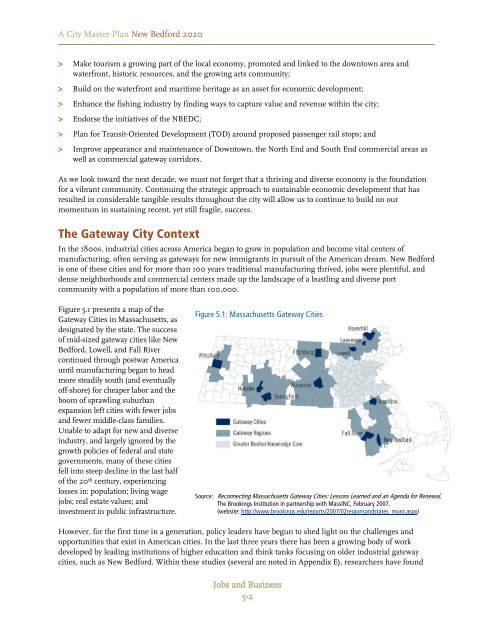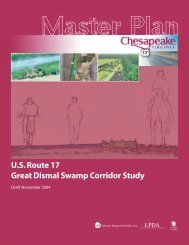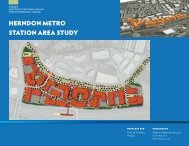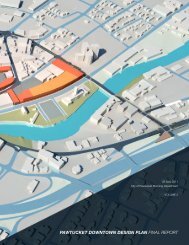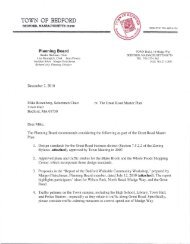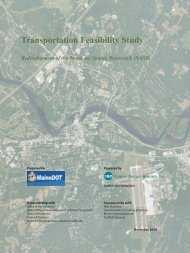New Bedford 2020 - VHB.com
New Bedford 2020 - VHB.com
New Bedford 2020 - VHB.com
- No tags were found...
You also want an ePaper? Increase the reach of your titles
YUMPU automatically turns print PDFs into web optimized ePapers that Google loves.
A City Master Plan <strong>New</strong> <strong>Bedford</strong> <strong>2020</strong>> Make tourism a growing part of the local economy, promoted and linked to the downtown area andwaterfront, historic resources, and the growing arts <strong>com</strong>munity;> Build on the waterfront and maritime heritage as an asset for economic development;> Enhance the fishing industry by finding ways to capture value and revenue within the city;> Endorse the initiatives of the NBEDC;> Plan for Transit-Oriented Development (TOD) around proposed passenger rail stops; and> Improve appearance and maintenance of Downtown, the North End and South End <strong>com</strong>mercial areas aswell as <strong>com</strong>mercial gateway corridors.As we look toward the next decade, we must not forget that a thriving and diverse economy is the foundationfor a vibrant <strong>com</strong>munity. Continuing the strategic approach to sustainable economic development that hasresulted in considerable tangible results throughout the city will allow us to continue to build on ourmomentum in sustaining recent, yet still fragile, success.The Gateway City ContextIn the 1800s, industrial cities across America began to grow in population and be<strong>com</strong>e vital centers ofmanufacturing, often serving as gateways for new immigrants in pursuit of the American dream. <strong>New</strong> <strong>Bedford</strong>is one of these cities and for more than 100 years traditional manufacturing thrived, jobs were plentiful, anddense neighborhoods and <strong>com</strong>mercial centers made up the landscape of a bustling and diverse port<strong>com</strong>munity with a population of more than 100,000.Figure 5.1 presents a map of theGateway Cities in Massachusetts, asdesignated by the state. The successof mid-sized gateway cities like <strong>New</strong><strong>Bedford</strong>, Lowell, and Fall Rivercontinued through postwar Americauntil manufacturing began to headmore steadily south (and eventuallyoff-shore) for cheaper labor and theboom of sprawling suburbanexpansion left cities with fewer jobsand fewer middle-class families.Unable to adapt for new and diverseindustry, and largely ignored by thegrowth policies of federal and stategovernments, many of these citiesfell into steep decline in the last halfof the 20 th century, experiencinglosses in: population; living wagejobs; real estate values; andinvestment in public infrastructure.Figure 5.1: Massachusetts Gateway CitiesSource: Reconnecting Massachusetts Gateway Cities: Lessons Learned and an Agenda for Renewal,The Brookings Institution in partnership with MassINC, February 2007.(website: http://www.brookings.edu/reports/2007/02regionsandstates_muro.aspx)However, for the first time in a generation, policy leaders have begun to shed light on the challenges andopportunities that exist in American cities. In the last three years there has been a growing body of workdeveloped by leading institutions of higher education and think tanks focusing on older industrial gatewaycities, such as <strong>New</strong> <strong>Bedford</strong>. Within these studies (several are noted in Appendix E), researchers have foundJobs and Business5-2


